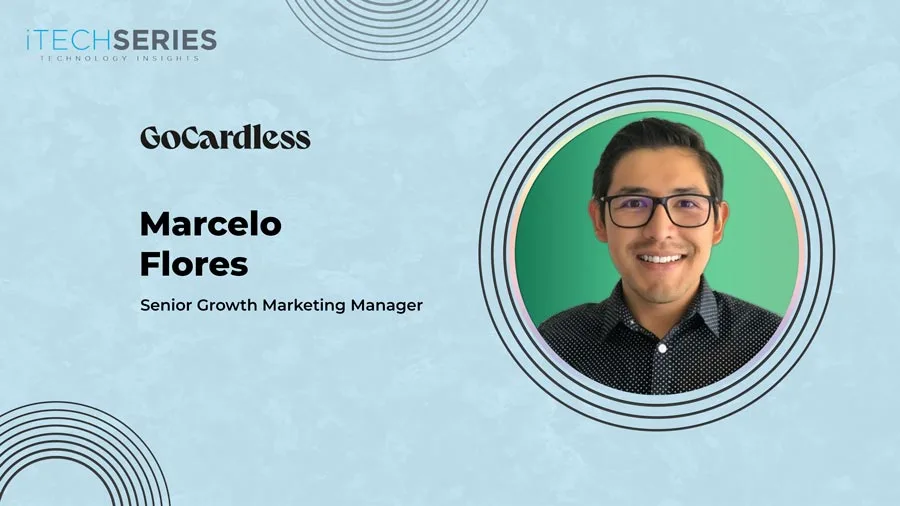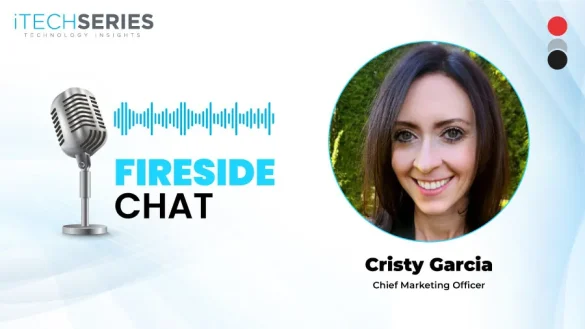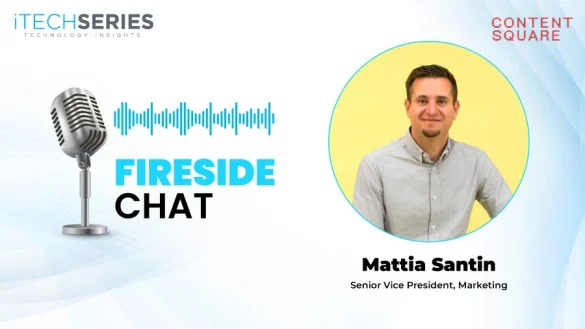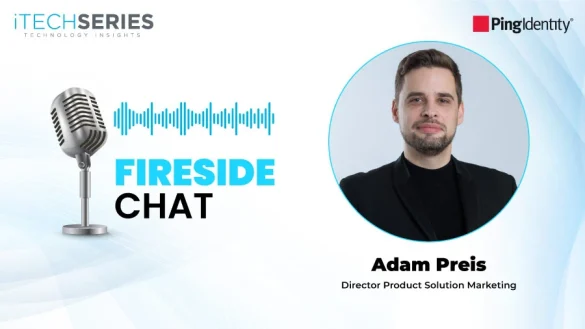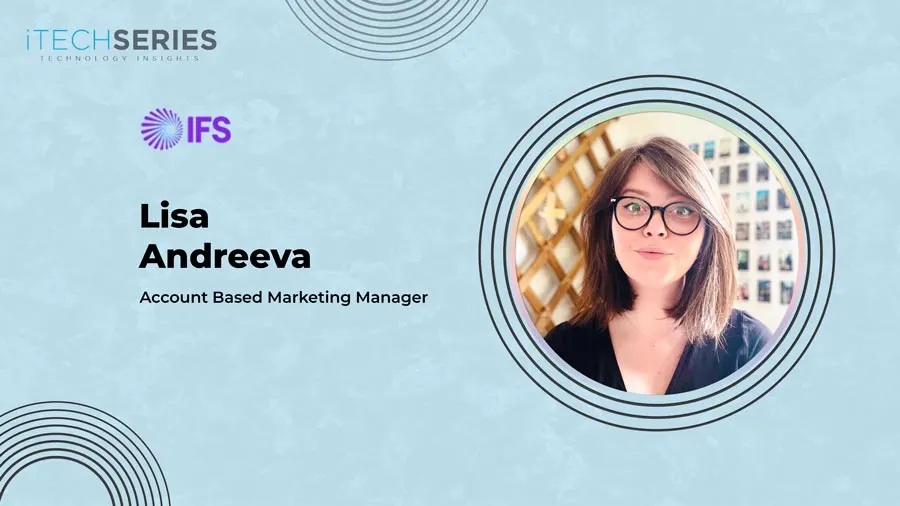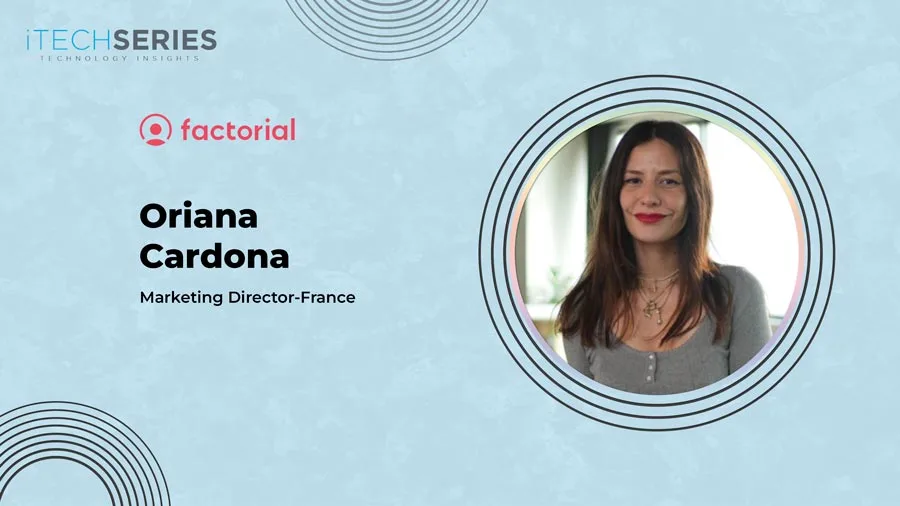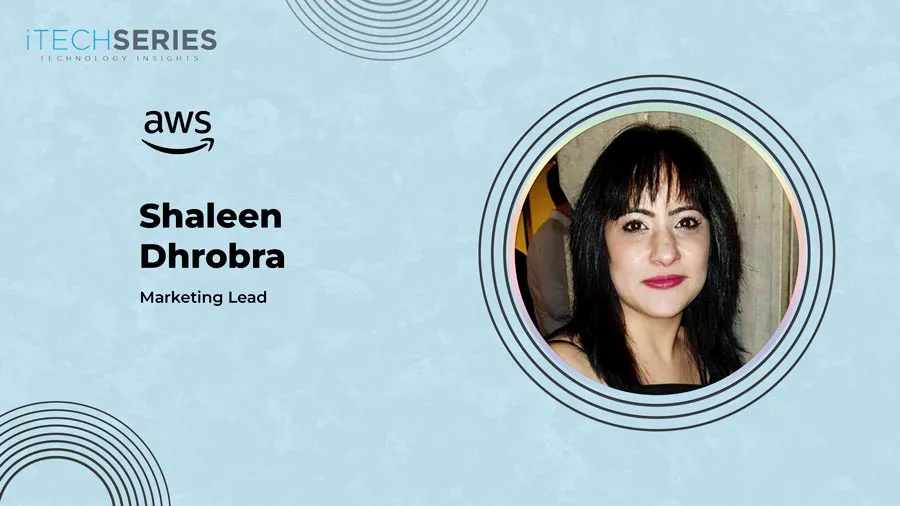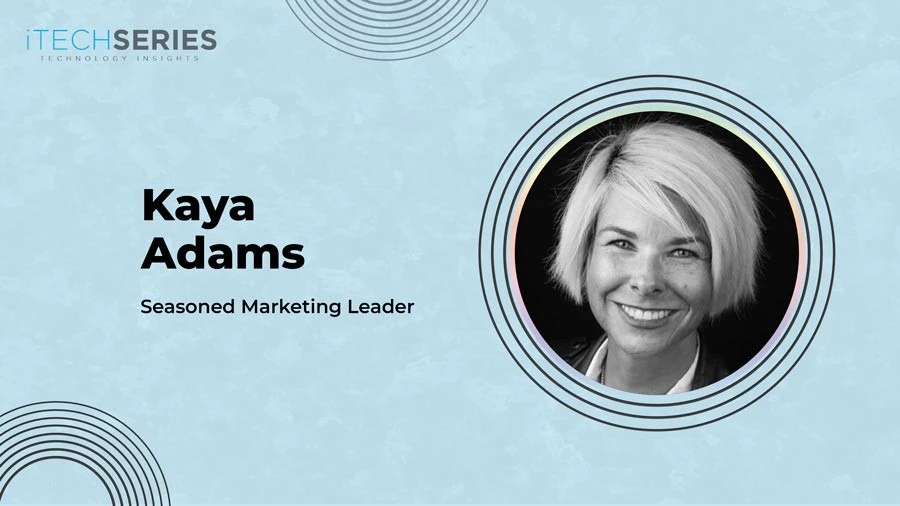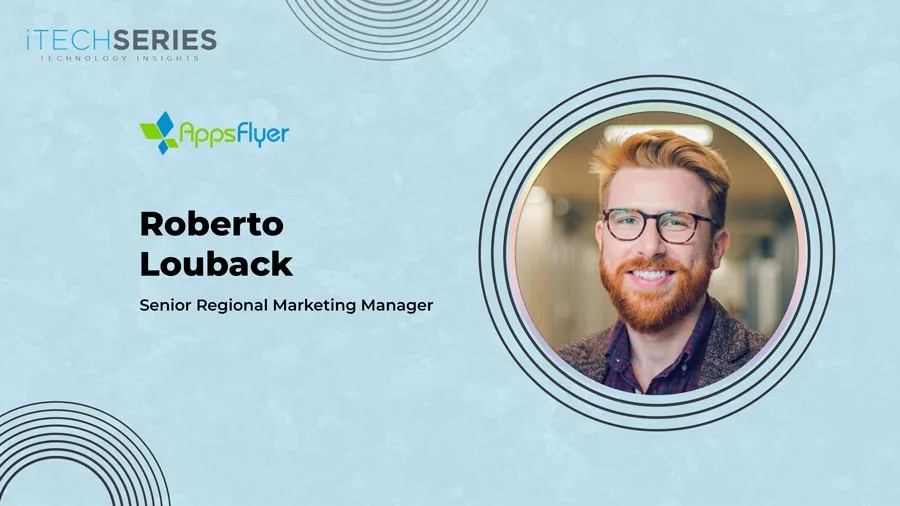Marcelo Flores, Global Growth Marketing Leader at GoCardless, shares his journey from PR in Bolivia to driving B2B SaaS growth across global markets. He dives into customer-centric marketing, cross-functional alignment, the power of segmentation, practical ABM strategies, and how AI, trust, and education shape impactful, scalable programs in the fast-evolving FinTech landscape.
Welcome to the interview series, Marcelo. Could you tell us about your journey as a Marketer?
My journey started in La Paz, Bolivia, working in PR and communications with international companies—from Burger King to European NGOs (one even helped relocate a lion from the Bolivian zoo back to Africa!) to Russian media and gas companies. I continued in France, completing a master’s degree that focused my passion on B2B tech. Over the past 12 years in B2B, I spent the first half perfecting acquisition techniques and the second half mastering segmentation, breaking down markets, verticals, company types, buying committees, and individual jobs to be done.
Divide and conquer is my motto. This led to cross-functional collaboration with the sales, marketing, customer success, and product teams. Now I’ve joined GoCardless, a fintech specializing in bank payments, where I’m focusing on Customer Growth Marketing, shifting from acquisition to retention and growth.
How has the role of marketing evolved due to a need for closer alignment with other revenue functions?
It’s more of a realization than an evolution: most companies eventually discover their teams work in silos, which kills agility and growth. Marketing can rally departments around Customer Experience programs, creating a virtuous loop where each team’s success directly enhances the others’ effectiveness.
Here’s how it works: When Marketing generates leads based on insights from Sales about what converts, Sales receives higher-quality prospects that close faster. When Sales shares customer feedback with Customer Success, Customer Success can guide customers more effectively to value realization, leading to better retention. When Customer Success shares success stories and feature requests from happy customers back to Product, Product builds improvements that actually solve real customer problems. When Product delivers these improvements to Marketing, Marketing gains powerful features and case studies to attract even better-qualified leads.
Each team enriches the others: Marketing gets conversion insights from Sales and success stories from Customer Success, Sales receives better leads and customer journey context, Customer Success works with pre-qualified customers who understand the value, and Product gets actionable feedback from satisfied users rather than random requests.
This cross-functional collaboration breaks down silos and accelerates decision-making because each team’s daily work directly improves the performance of the teams before and after them in the customer journey. The loop becomes self-reinforcing as shared goals and communication create compound improvements across the entire revenue process.
What’s your strategy for spotting the right time to upsell or cross-sell, and how do you add value without being pushy?
Think customer value first, before product value. In other words, put the customer in the centre: Instead of focusing on what your product can do, you focus on how it helps customers achieve their desired outcomes. Most companies optimize to sell as much as possible without considering customer experience. When customers experience real value and we’re solving their problems, that’s the perfect time to upsell or cross-sell. The strategy is simple: listen to your customers and deliver the value you promised from day one. Happy customers who’ve solved their pain points want to know how else you can help (i.e., they are screaming: upsell me!).
“Listen to your customers and deliver the value you promised from day one. Happy customers who’ve solved their pain points want to know how else you can help.”
What role do you think AI will play in the future of SaaS marketing, and what opportunities or risks do you see?
I probably won’t say anything revolutionary here, but I’m convinced AI will help automate many tasks. This will give companies the opportunity to scale very quickly. The risk, however, is letting AI do everything.
AI is a tool like any other, and we all need training on how to use it properly. For instance, I’ve seen AI features launched in ad platforms. If we think AI will craft the perfect ad automatically, the risk is wasting time and money. My first thought when seeing these features was: “This is another tactic to make us spend even more.”
That said, AI has the potential to help us craft nearly perfect ads when used correctly. If we use it for brainstorming, cross-referencing past tactics, documenting problem-solving approaches, and running tests, then AI becomes a huge opportunity.
What are some of the challenges and opportunities for running marketing programs in the FinTech space?
The biggest challenge? Trust. People are naturally skeptical about their money, and unlike other B2B tech, in FinTech, we’re dealing with their finances. It’s not just selling software; it’s asking for trust with their most sensitive data.
But the opportunities are massive.
First, education is the secret weapon. Position yourself as an educator rather than just another financial tool, and customers start seeing you as a partner in their financial journey. That’s when loyalty kicks in.
My approach? Start with the customer’s job to be done. Build segments around these motivations, then create educational content for each. It’s not just acquiring customers; it’s becoming their financial partner. Even regulatory challenges become opportunities. Compliance becomes a competitive advantage when you turn it into trust-building messaging.
How do you balance automation and personalization in Account-Based Marketing efforts?
The key is segmentation. As I mentioned earlier, the more specific the segment, the more specific and relevant the message becomes, and the easier it is to automate personalization.
Forget personalization being just “[First Name]” or “[Company Name]” or even “[Industry].”
I’ll give you an example. In a previous role, I worked with segments in the telecoms industry.
There were two distinct jobs to be done:
- Improve customer experience and reduce support calls
- Provide cutting-edge technology to engineers to make their lives easier
You can immediately see that the messaging won’t be the same for each group. The first group wanted to retain and upsell their customers, while the second wanted to scale their technology faster. Once you understand this, you can personalize the promise, case studies, and value propositions for each segment. You might think this approach is 1:1 and not scalable, but you’d be wrong. This can be treated as a 1: Many approach.
Here’s how:
You need to identify these segments, create your lists, and target them via ads, referrals, or outbound email campaigns at scale, directing them to personalized landing pages with dynamic content sections.
For example, Group 1 (focused on improving customer experience) would see a value proposition clearly explaining how the solution helps retain and upsell existing customers. Below that: logos from similar companies, case studies featuring other CX and Customer Success professionals explaining the solution’s value, and other content (datasheets, webinars) focused on the retention and upselling value the company could bring.
Group 2 would receive messaging and content tailored specifically for engineers.
In short, if you know your audience, personalizing and automating become straightforward (it might take time, but it’s definitely scalable).
Tell us about your most challenging marketing program experience so far.
In a previous role, developing a marketing program for Germany was particularly challenging due to GDPR and the country’s strict consumer protection standards.
Typically, we sourced contact details from third-party partners and conducted outreach based on legitimate business interests. However, Germany’s interpretation of GDPR is much stricter. Legitimate interest doesn’t apply the same way there, and explicit consent is required for most marketing communications.
This meant our standard outbound approach, such as cold emails, LinkedIn sponsored messages, and direct outreach, was no longer viable. We had to completely pivot our strategy.
We decided to double down on physical and digital events to strengthen our inbound efforts, which ultimately helped us reach our goals for that market.
Looking back, it was actually valuable. It forced us to create more compelling, permission-based marketing that genuinely attracted interested prospects rather than interrupting them. The higher engagement rates we achieved with compliant strategies proved that quality over quantity in lead generation delivers better results, even if it requires more patience and creativity upfront.
What’s one of the first lessons you learned that you’d share with up-and-coming Marketers?
Strengthen your growth mindset. Test, fail, and start again as quickly as possible. This approach helps you learn fast about what drives revenue, understand the industry, and, most importantly, deeply understand your customers. A growth mindset means being willing to work, learn, grow, fail, and try again. It’s about embracing challenges and viewing each failure as an opportunity to improve.
About Marcelo Flores
Marcelo is a global growth marketing leader with over a decade of experience in B2B SaaS. He specializes in aligning marketing with Sales, Product, and Customer Success to drive revenue impact. With a strong focus on experimentation, data-driven strategies, and Account-Based Marketing (ABM), Marcelo expertly executes and measures campaigns that enhance pipelines, fuel account expansion, and deliver measurable results across digital platforms.

